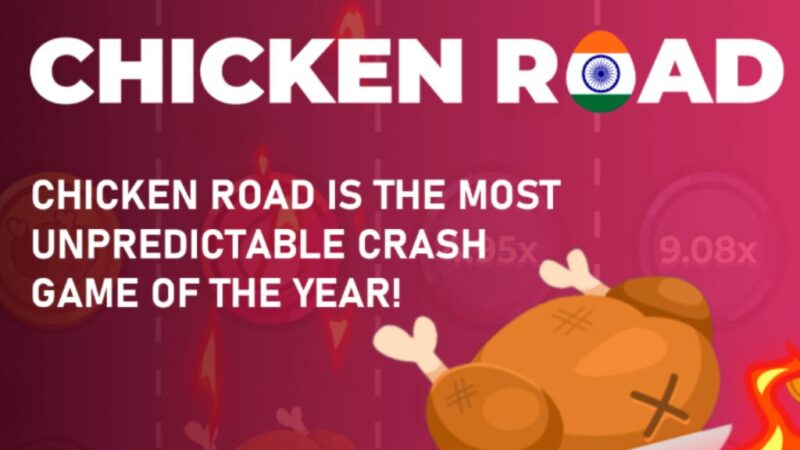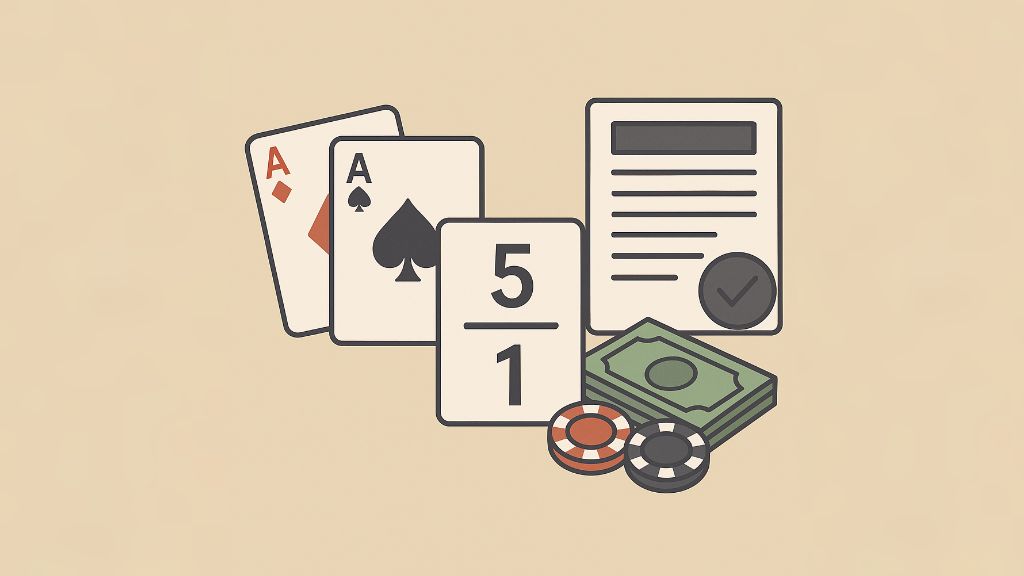The world of sports betting is full of nuances that go unnoticed by beginners, but experienced players know that even small details can significantly affect the result. One of such details is the format of odds, among which fractional odds occupy a special place. This approach, which came from the UK, still raises questions among bettors who are used to decimal values. The narrow specificity of fractional odds opens up unexpected possibilities for analyses and strategies.
The origins of fractional odds
Fractional odds from the best online casino bangladesh have their roots in the British tradition of horse racing betting. They show the ratio of net profit to bet: the numerator indicates the winnings, the denominator the amount of risk. For example, at 5/1 there are five units of profit for every unit bet. This format was historically developed in an era when bookmakers worked at racetracks and punters counted the profit by hand.
Over time, fractional odds spread to football, cricket and other sports, remaining popular in English-speaking countries. Today they neighbour decimal and American systems, but remain a symbol of classic betting. Their uniqueness lies in their intuitive simplicity for those accustomed to fractions and challenge for the rest of us.
Calculation mechanics
Understanding fractional odds requires basic maths skills. For example, a bet of 100 roubles on 3/1 will yield 300 roubles in profit plus the return of the bet – totalling 400 roubles. The formula is simple: (numerator denominator) bet + bet. However, in practice, players are faced with fractions like 13/8 or 7/2, where the calculations become more complicated. This forces bettors to analyse lines more carefully.
Comparison with decimal odds reveals differences: 3/1 is equivalent to 4.00, while 11/4 is 3.75. The translation takes time, which sometimes puts newcomers off. Nevertheless, fractional values more accurately reflect the probability of an outcome in the traditional bookmakers’ perception, making them a useful tool for experienced punters.
Strategies for use
Fractional odds help to identify underrated events. Bookmakers targeting the UK market often offer overvalues on outsiders in these formats. For example, 10/1 can signal a hidden value if the probability of an event is higher than the quotes suggest. Analysing such lines requires an examination of statistics and context.
The use of fractional odds in live betting adds momentum. A quick change in quotes, say from 2/1 to 6/4, allows you to catch the moment to enter. Players who have mastered this format gain an advantage in decision-making speed, especially in tense matches where the score changes rapidly.
Technological barriers
Advances in technology have changed the approach to betting and fractional odds face competition. Platforms are increasingly defaulting to the decimal format, believing it to be more versatile. This forces fraction fans to adapt or look for specialised sites that retain the classic system.
Nevertheless, fractional odds remain relevant for niche markets. In horse racing or golf, they continue to dominate, reflecting the specificity of these sports. Their persistence is due not only to tradition, but also to convenience for certain strategies where accuracy and habit play a key role.
Final Thoughts
While they may seem outdated to some, fractional odds are far from obsolete. They offer rich insight into betting markets, enable precise strategic play, and retain cultural significance in many sporting circles. For bettors who take the time to understand them, fractional odds can become a powerful tool—not just for placing bets, but for reading the game behind the game.
Pro Tip: Use online converters or memorize common fractional-to-decimal conversions to make quicker decisions and stay competitive across formats.
FAQ (Frequently Asked Questions)
Fractional odds show the ratio of potential profit to the stake. For example, 5/1 odds mean you’ll win 5 units for every 1 unit you bet, plus your original stake back. They’re widely used in UK-based betting and also appear on the best online casino Bangladesh platforms offering traditional sports wagering.
Fractional odds originated in British horse racing and have since become a standard in UK betting markets, especially in sports like football, cricket, and golf.
Use the formula:
(Numerator ÷ Denominator × Stake) + Stake
For example, at 3/1 with a ₹100 stake: (3 ÷ 1 × 100) + 100 = ₹400 total return.
Fractional odds show profit only, while decimal odds include total return.
For example:
Fractional 2/1 = Decimal 3.00
Fractional 5/2 = Decimal 3.50
Neither is “better”—it’s about preference and familiarity. Fractional odds are traditional and precise for UK sports, while decimal odds are easier for quick calculations and popular globally.
Yes, especially UK-based or horse racing platforms. However, many global sportsbooks default to decimal odds, though most offer format settings to switch views.
Recommended Post
About The Author
Vignesh Muthu
author
Vignesh Muthu is a passionate UI/UX Developer and entertainment blogger who brings design thinking and storytelling together. With a strong foundation in user-centric design, he blends creativity and analysis to write compelling content around celebrity biographies, movie box office collections, and the latest entertainment news. When he’s not sketching wireframes or perfecting interfaces, Vignesh dives deep into cinema culture—crafting blog posts that inform, engage, and spark curiosity.










